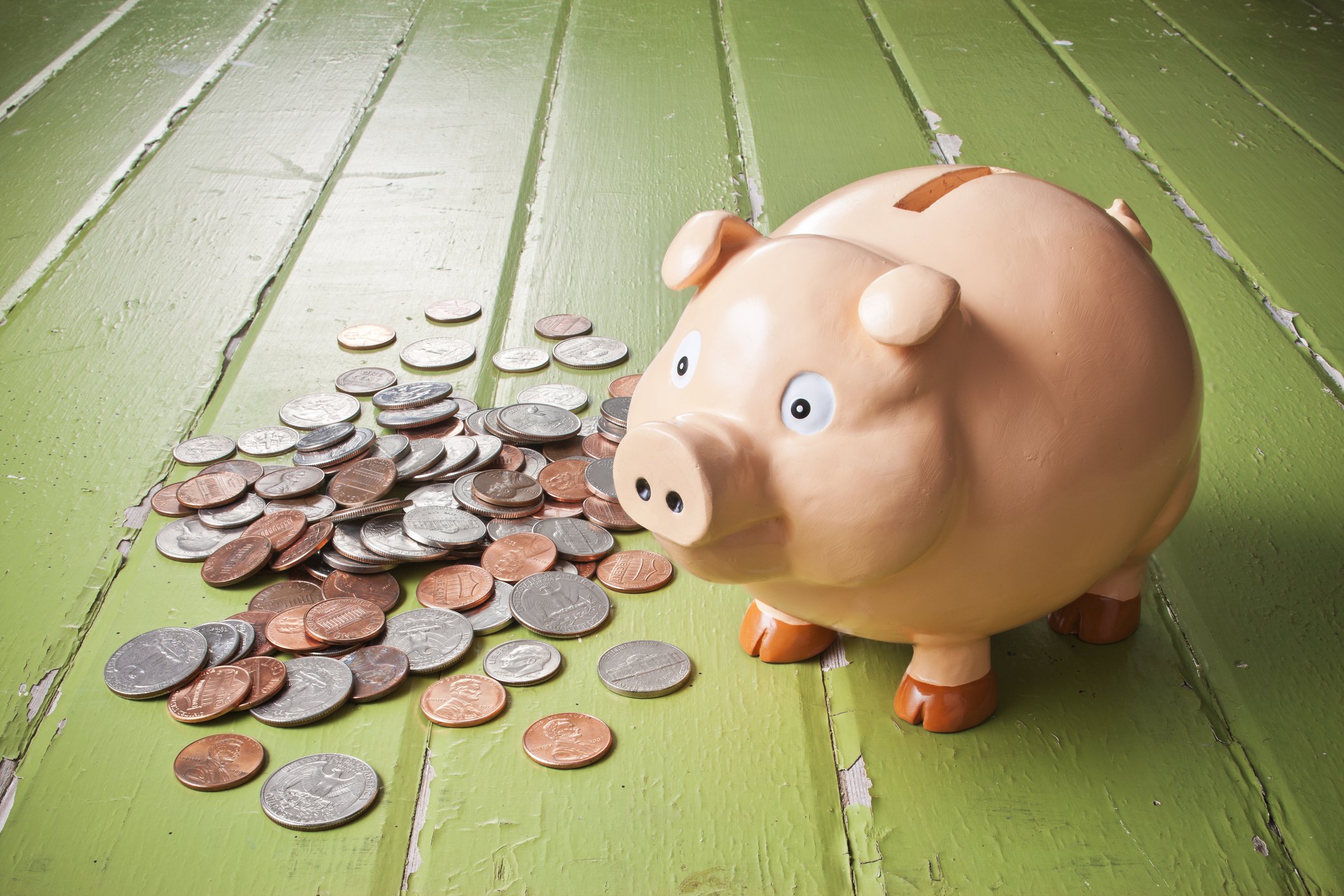Impulse Spending: What It Is and How to Avoid It
Introduction
We’ve all done it: added something random to our basket “just because,” or clicked Buy Now after a long, stressful day. Welcome to the world of impulse spending—a money habit that’s easy to fall into but harder to break.
Whether it’s a £4 energy drink, a £40 hoodie you saw on TikTok, or a late-night food order, impulse buys can quietly eat away at your bank balance without you even realising it. But don’t worry—you’re not alone, and you can totally get better at spotting and stopping the habit.
In this guide, we’ll break down:
What impulse spending is
Why it happens (especially to teens and students)
The effects it has on your money and mindset
10 smart ways to avoid it
Plus: 5 common questions people ask
What Is Impulse Spending?
Impulse spending is when you buy something without planning to—usually driven by emotion, temptation, or the excitement of the moment.
It’s not the same as buying a treat with leftover money. Impulse purchases are often things you didn’t plan for, don’t really need, and might later regret.
Examples of impulse spending:
Grabbing snacks while waiting in a shop queue
Buying clothes you saw in a “haul” video with no plan to wear them
Spending your last £20 on takeaway instead of saving for the weekend
Clicking Add to Basket during a flash sale—even if you don’t need anything
Why Do We Impulse Spend?
Impulse buying isn’t just about poor money habits—it’s about psychology and environment. Here’s what’s going on behind the scenes:
Emotional triggers
Stress relief: Spending feels like a quick mood boost (aka retail therapy).
Boredom: Scrolling and shopping kills time—but also kills your wallet.
FOMO: “This deal ends in 30 minutes!” (Do you really need it, or is it just urgency?)
Environmental triggers
Sales and discounts: 30% off feels like saving money, even if you're spending unnecessarily.
Social influence: Seeing influencers or friends buy things pressures you to follow.
Easy checkouts: 1-click ordering, saved card details—convenient, but dangerous.
“Impulse spending often fills an emotional need in the moment. Learning to pause and ask why you want to buy something helps you take back control.”
Why It’s a Problem (Even If You’re “Just a Teen”)
Many teens think, “I don’t have big bills, so what’s the harm?” But impulse spending has some sneaky consequences:
Financial impact
You end up broke before payday (or your next allowance).
You can’t save for bigger goals—like a concert, new phone, or holiday.
If you use buy-now-pay-later apps, you risk getting into debt.
Emotional impact
Guilt after spending on things you didn’t really want
Regret over missing out on more meaningful things you could have bought
Anxiety around money management
10 Smart Ways to Avoid Impulse Spending
Here’s the good stuff: how to actually stop impulse buying and take back control.
1. Use the 24-Hour Rule
Before buying anything over £20 (or even £10), wait a day. If you still want it after 24 hours, consider it.
2. Make a Wish List
Use your Notes app to save things you want but don’t need right now. Review the list weekly—some things will no longer feel worth it.
3. Track Your Spending
Use a free app like Emma, Monzo, or Moneyhub to see where your money goes. Seeing “£48 on snacks this month” might be the wake-up call you need.
4. Set a Weekly Budget
Even if you’re only spending pocket money or part-time job wages, give yourself a spending limit each week—and stick to it.
5. Unsubscribe from Temptation
Marketing emails, push notifications, TikTok shop alerts—they’re designed to get you spending. Unsubscribe, mute, or turn off those nudges.
6. Avoid “Just Browsing” Online
Scrolling shopping sites for fun is like window-shopping with your debit card in hand. Avoid it unless you have a purpose.
7. Remove Saved Card Details
Make spending less convenient—delete saved cards so you have to think before you buy.
8. Use Cash for Small Purchases
Handing over cash instead of tapping a card makes spending feel more “real.” Try using cash for snacks, coffees, and day-to-day stuff.
9. Talk to Someone
Sometimes spending covers up deeper stress or boredom. Talk to a friend, family member, or even message a support group online.
10. Visualise Bigger Goals
What do you really want long term? A car, festival tickets, travel? Print a photo or make a digital vision board—it helps you say no to small distractions.
Real-Life Example: “My £80 Mistake”
“I once spent £80 in one night on clothes from a site I found through an influencer. The next day, I realised I didn’t even like most of it, and I couldn’t get a refund on two items. I had to borrow money from my brother to cover the rest of the week. Since then, I’ve stuck to a 24-hour rule—and it’s saved me hundreds.”
– Ella, 17, Brighton
Final Thought
Impulse spending happens to everyone, but that doesn’t mean you’re bad with money. The trick is learning to pause, plan, and prioritise your spending so your money goes toward what actually matters to you.
Remember: every pound you don’t waste today brings you closer to your next big goal.
FAQ’s
-
Not exactly. Emotional spending is often a type of impulse spending, triggered by how you're feeling. But you can also impulse spend just because something caught your eye—not necessarily because you’re emotional.
-
Not at all! The key is to plan your treats. When it’s part of your budget, it’s self-care. When it’s impulsive, it can turn into regret.
-
Research shows that teens and young adults (16–25) are among the most likely to impulse spend—especially online—because of social media influence and lack of budgeting experience.
-
Try:
Emma (budget tracking)
Monzo or Starling (set budgets, freeze spending)
Plum (automatic saving)
Notion or Google Keep (wish list tracker)
-
Great question. Try replacing the habit:
Go for a walk
Watch a YouTube video on money goals
Journal your mood
Do something creative (draw, cook, edit photos)
You don’t need to spend money to feel better.











